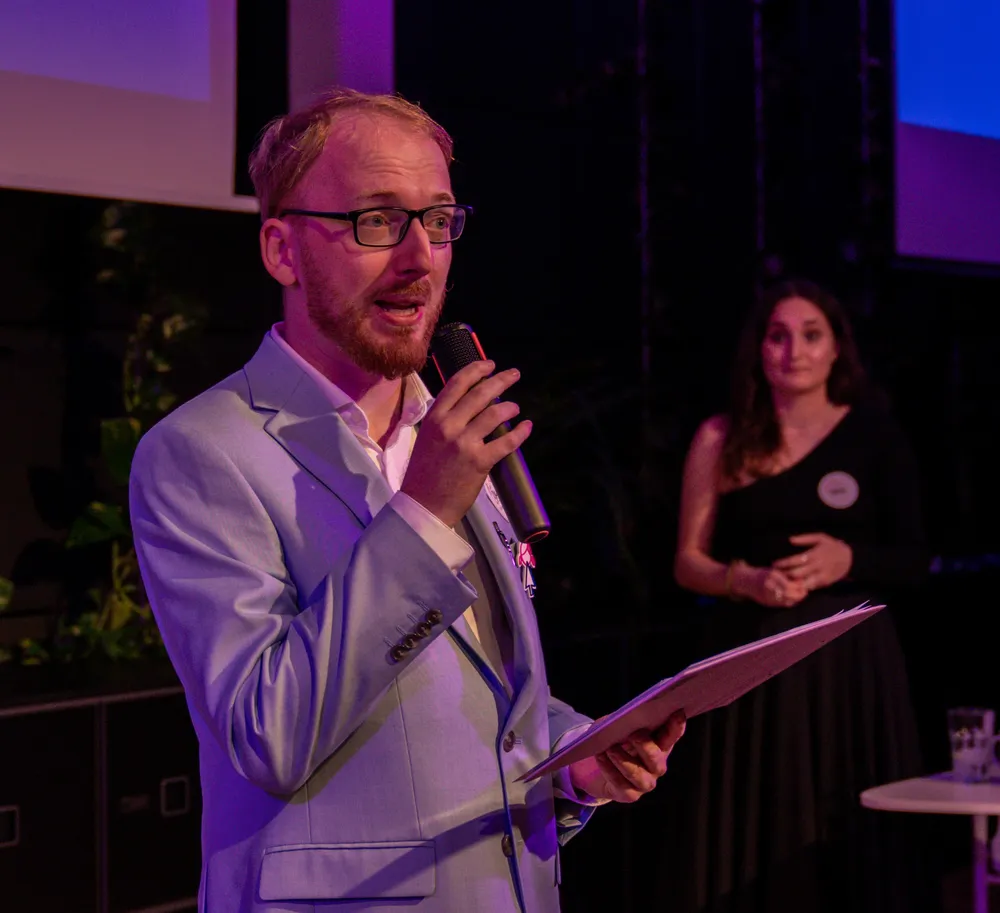ŠimonPodhajskýisPrague'sfavorite LLM Whisperer Data Everything Evals Expert Podcast Co-Host Debater Emeritus Czechitas Fan Inventor of Words Anti-Descriptivist Neuroskeptic Crier at Musicals SCOTUS Enjoyer Terrible Yogi Former Pedant AI Consultant Generalist Presenter Scrabble Player Accidental Foodie
If any of the above interests you, I'd be excited to get to know you! Find me on social media, shoot me an e-mail, dispatch a carrier pigeon - I'll be happy to hear from you 👋
Contact me
Some Things I Can Do
My LinkedIn bio used to say I'm a "Data Everything". That wasn't too far off.
Evaluate & Productionize LLM-based Applications
I understand that integrating standard software-engineering and ML best practices is what keeps the modern LLM-based apps from remaining merely a fancy demo.
Data Engineering
Performant, semantically rich, reproducible: my pipelines are all of the above.
Data Science and Data Analytics
It's more than just averages and sums across the right groups.
Full stack, all the way to deployment.
Does the project need a frontend to interact with and a cloud infrastructure to host itself in? I'm on it.
Communication and Public Speaking.
I've spoken at local meetups, online events, and big conferences. Hit me up to speak at any of the above!
I'm a Generalist.
...which just means that I don't stop at a problem's boundary; I see it through wherever it leads.
My name is Czech.
The “š” is pronounced like the “sh” in “shoe”, and the “ý” is pronounced like the “ee” in “bee”. So, it’s “SHIH-mon Pot-HIGH-skee”. But you can always call me Simon.

Sometimes, I...
host and appear on podcasts
I love engaging in deep conversations about data, AI, and other topics that spark curiosity. Listen to my latest episode or explore all podcast appearances.
AI ta krajta #12
Díl, ve kterém na příkladu známkování slohovky ukazuji jeden možný přístup ke psaní AI evaluací. Dostáváme se také do delší diskuze o tom, kam patří evaly v SDLC (Software Development Life Cycle).
Listen to episode

Sometimes, I...
host talks and presentations
I can speak to a wide variety of topics - data & Python & LLMs & debate & education & more.
Sometimes, I...
work on side projects
I often work on side projects - some of them useful, some just interesting. View the most recent one, or explore all of them.
Sometimes, I...
write technical articles
I write about the things I do, learn, and think about. Read my latest article, or peruse them all.
Feel free to contact me
If you're looking for an data-driven AI consultant or simply want to have a chat.

